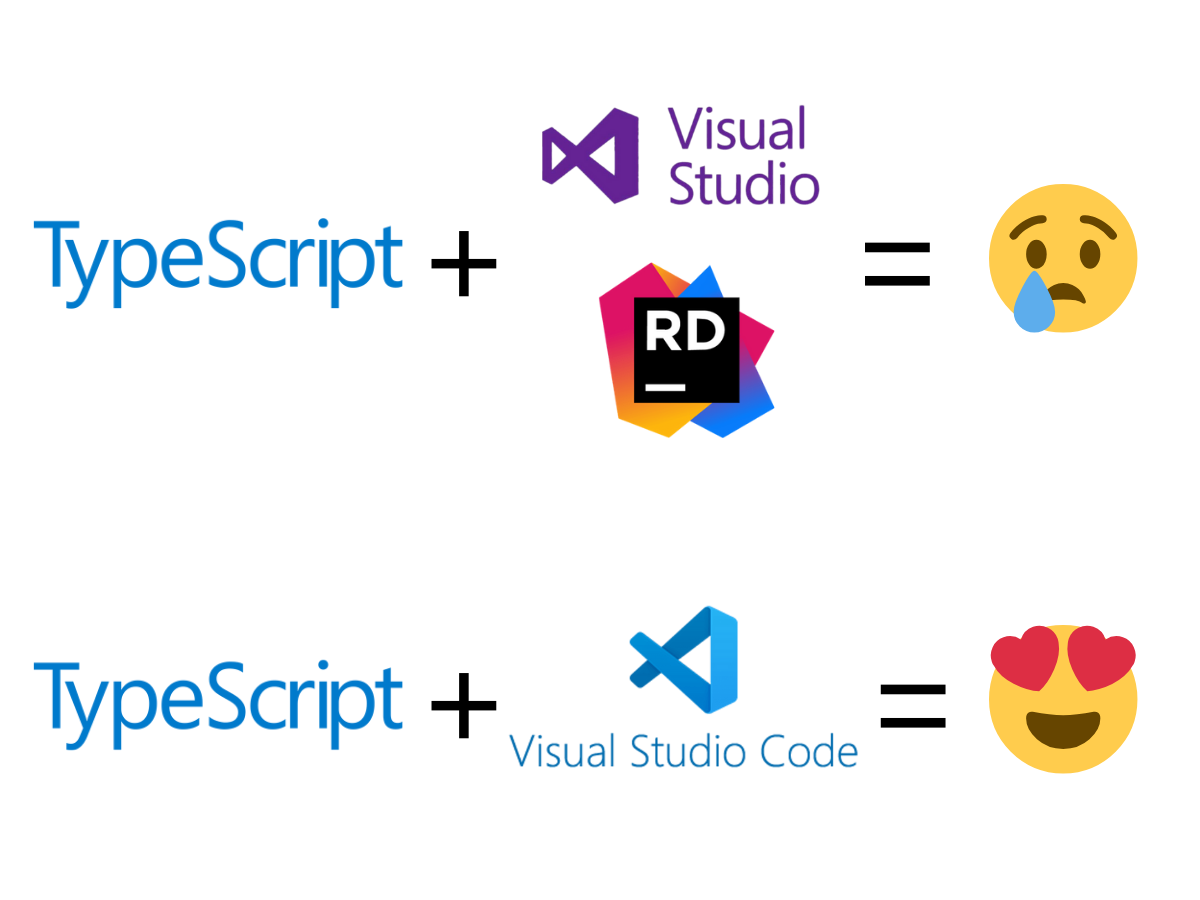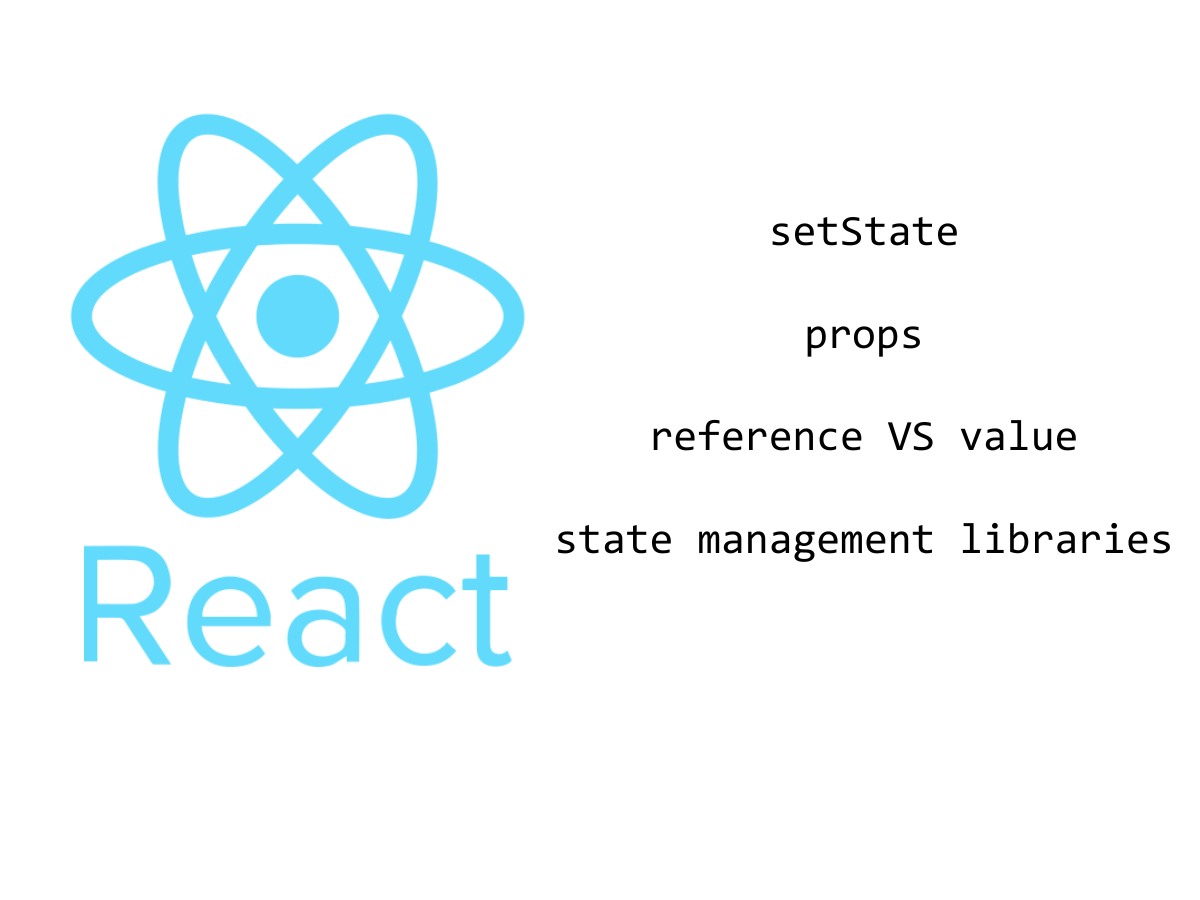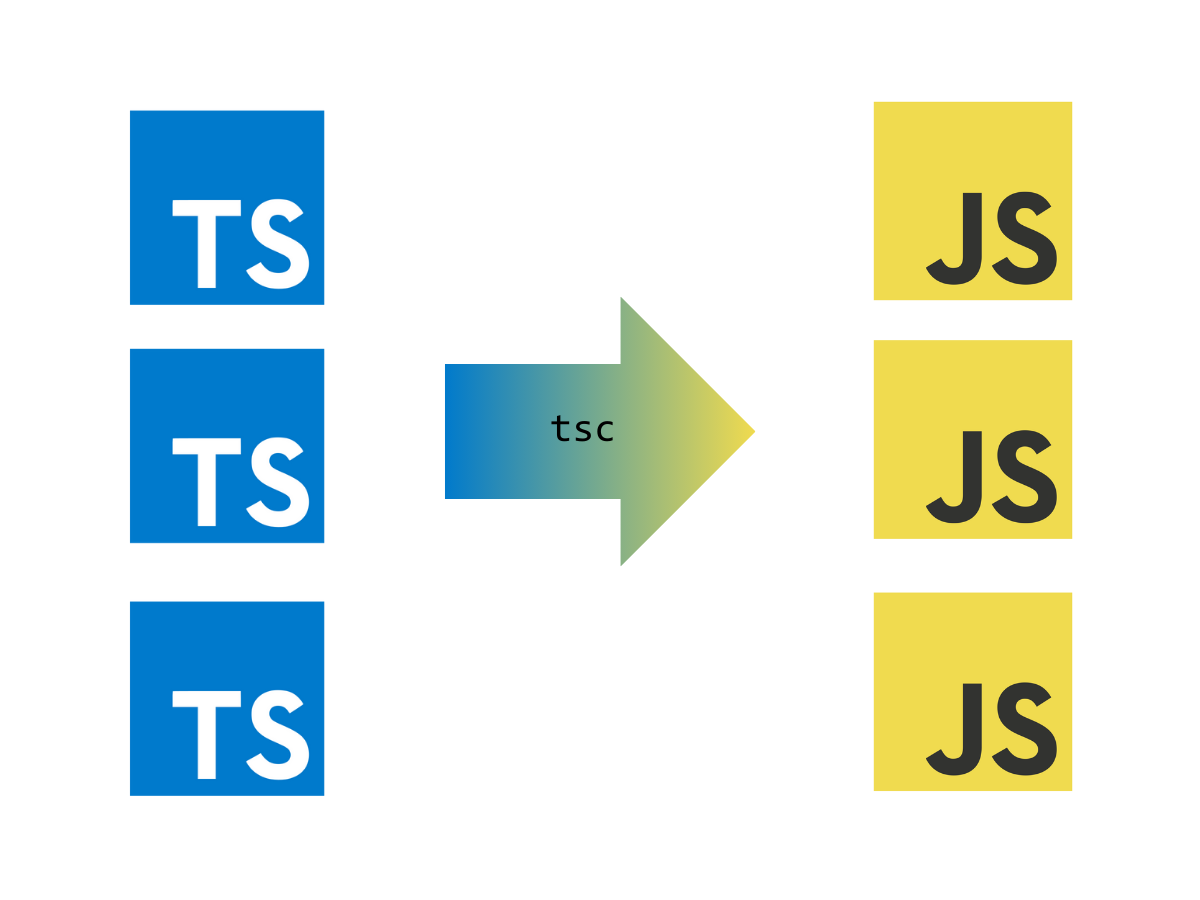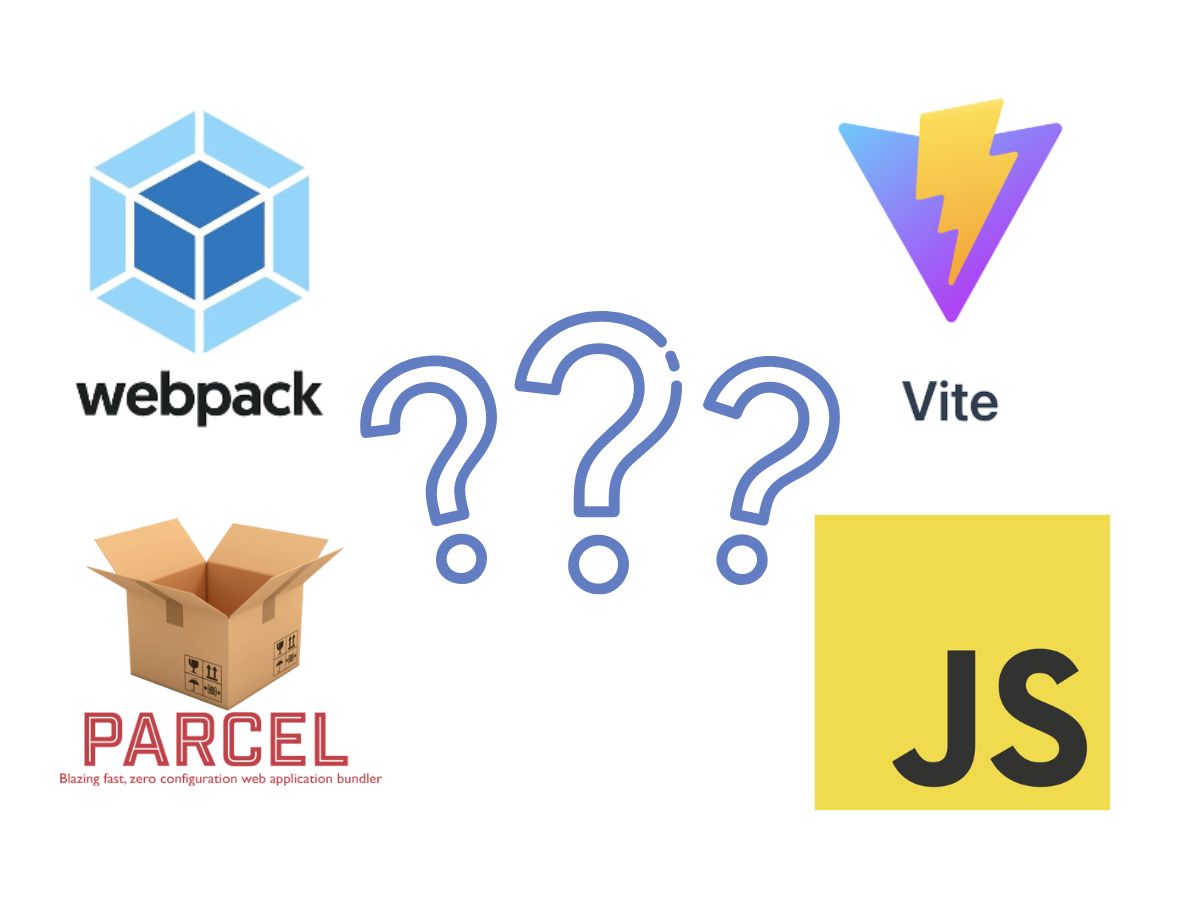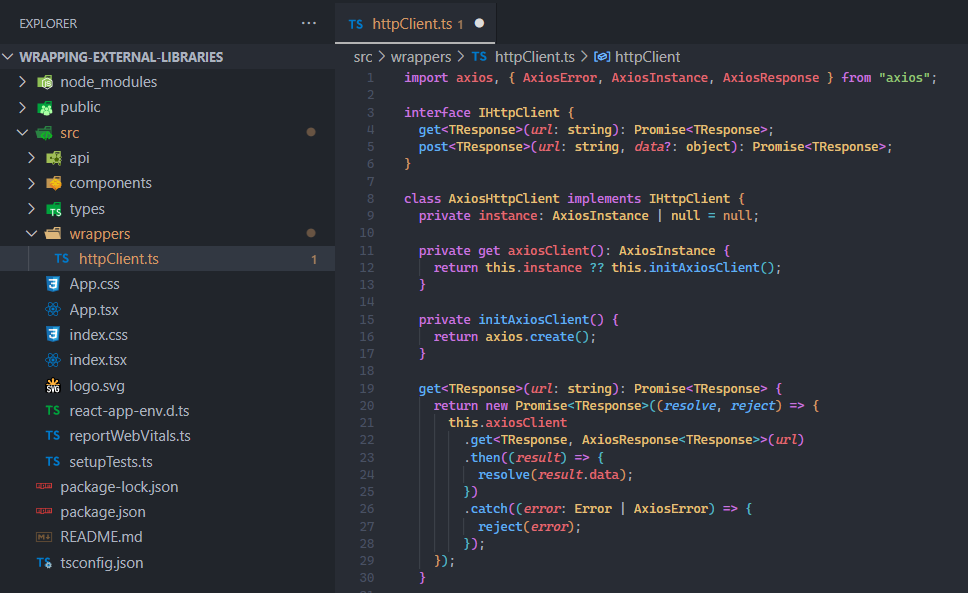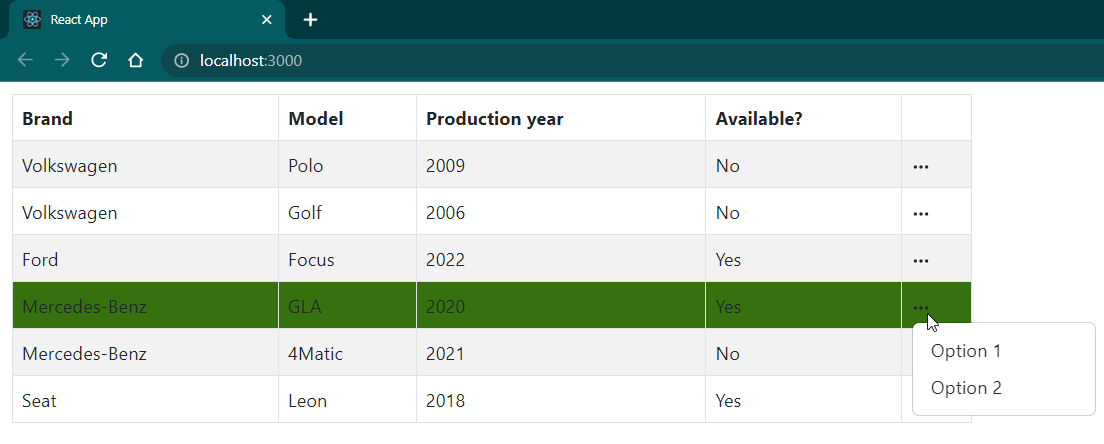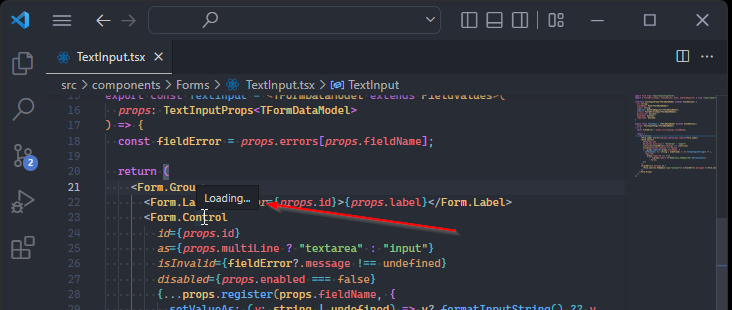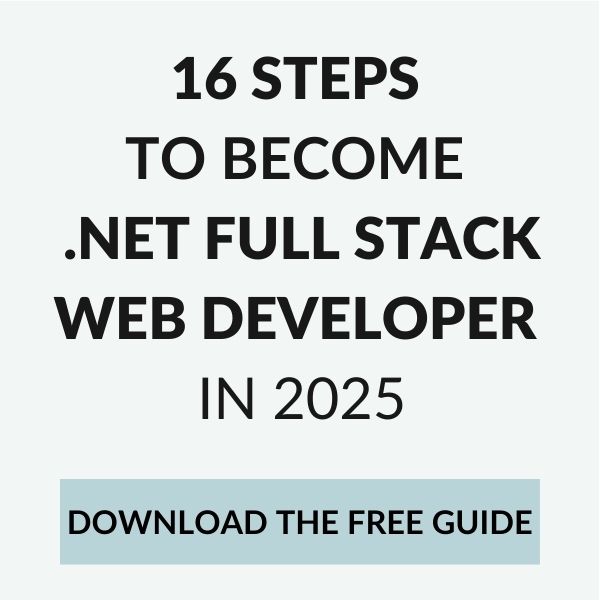From September to November 2024 I had a “pleasure” of looking for a new programming job as a senior full stack .NET developer. I was dedicated full time to this process as I have still been on a sabbatical break. It took me a bit more than 2 months, during which I submitted around 150 well-crafted applications, took part in 25 full technical recruitment processes and was asked hundreds of .NET interview questions.
In this article, I’m sharing a compiled list of the most popular .NET interview questions I was asked during all those interviews. They represent real questions asked on job interviews for a software developer with almost 10 years of experience. Hope you enjoy it 🙂


